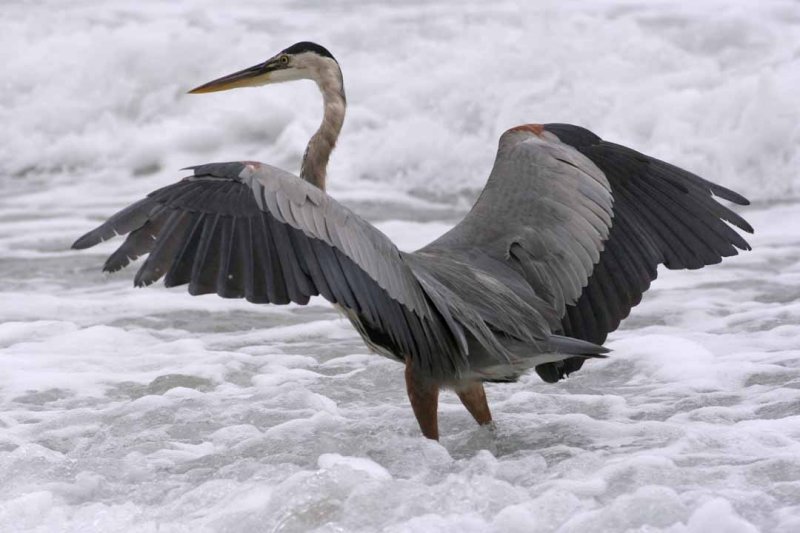
Del Mar Photonics - Product brochures - Brand names
Where Del Mar Photonics product's names come from?
Del Mar means 'by the sea", and Photonics is all about optical waves. So we decided to choose terms popular in surfing and sailing communities. Our femtosecond lasers, amplifiers and systems are named after popular surf breaks around the world, and many other products names after sailing and nautical terms.
Trestles Ti:Sapphire lasers
Trestles surf
Mavericks Cr:Forsterite laser -
femtosecond Cr:Forsterite laser
Mavericks surf -
Teahupoo Ti:Sapphire OA - femtosecond
amplified Ti:Sapphire laser
Teahupoo surf
Jaws Laser system - femtosecond
Cr:forsterite Multi-Terawatt Amplified Laser
Jaws surf - Big wave riders surf 40-60 foot waves that break off the North Shore
of Peahi, Maui, Hawaii.
Cortes - tabletop 40 TW Ti:Sapphire laser system
Cortes surf
Surfers, take note. Some of the biggest waves ever ridden are not in Hawaii, or Australia, they're 100 miles off the southern California coast.
Mavericks, off the California coast near Half Moon Bay, became famous among big wave surfers in 1994 when Mark Foo, one of the world's greatest big wave surfers, caught his last-ever big wave and died in the cold Mavericks surf. Since then, Mavericks has become a Mecca for those who crave the thrill of surfing the big waves.Quiksilver, the surf wear company, has sponsored its big wave competition at Mavericks since 1999.
But in 2001, the waves at Mavericks were measured at a mere 20 feet high. The really big waves lurk off the southern California coast, 100 miles out of San Diego at the Cortes Bank. Here, a 17-mile underwater mountain range comes to a head 3 feet below the surface at a spot called Bishop Rock. This place has been known to ocean-going ships and fishermen for years. The waves there signal danger on the underwater rocks and are so big they show up on radar.
To get the biggest waves at Cortes Bank, you need light winds, low tides, and big storm swells from the northwest all at the same time, a Pacific surfer's version of the "perfect storm". When it happened on January 19, 2001, California big wave riders scrambled to test their skill against the biggest, baddest wave ever ridden. These waves move so fast that surfers can't catch them by paddling, so they enlist the aid of a fearless jet skier who tows them with a rope until they are moving fast enough to catch the wave.
As if being chased by a mountain of water while being towed by a jet ski at 30-40 mph isn't scary enough, then there's the wave itself. Surfers measure waves from the back and the biggest wave of the day was 30 feet according to their measurements. But, to the watcher on the other side of the wave, Mike Parsons was riding a wave sixty feet tall, the height of a six-story building.
Parsons took home $60,000 from the Swell/XXL Biggest Wave Wins event for his ride. Santa Cruz's Ken "Skindog" Collins, who was towing with Peter Mel thinks he should get a cut just "for having to watch that wave." The same wave, after traveling over a hundred miles and reduced to a quarter of its former size, surprised surfers at San Diego's Blacks Beach three hours later. This landlubber is in awe of them all.
HERON AFM is named after after beautiful great blue heron shown below in the surf at Torrey Pines Beach

Del Mar Photonics nano-imaging gallery
High resolution MFM image of Seagate Barracuda 750Gb Hard Drive, ST3750640AS.
130 nm Ag nanoparticles immobilized on the metal surface, 3.6x3.6 um scan
Magnetic structure of surface domains in Yttrium Iron Garnet (YIG) film
Atomic resolution on HOPG obtained with the 100 micron scanner
NSOM Fluorescence image of 100 nm - diameter TransFluoSpheres
Near-field optical image of 250 nm - diameter gold beads, deposited onto a glass
slide
AFM (topography) image of DNA (<3 nm thickness),
deposited onto a glass slide
Near-field optical image of 100 nm - diameter polystyrene beads, deposited onto
a glass slide
Send us your sample for nano-characterization!!!
Related Del Mar Photonics Products:
AFM
HERON
Near-field
Scanning Optical Microscope (NSOM)
Femtosecond nanophotonics
Femtosecond NSOM